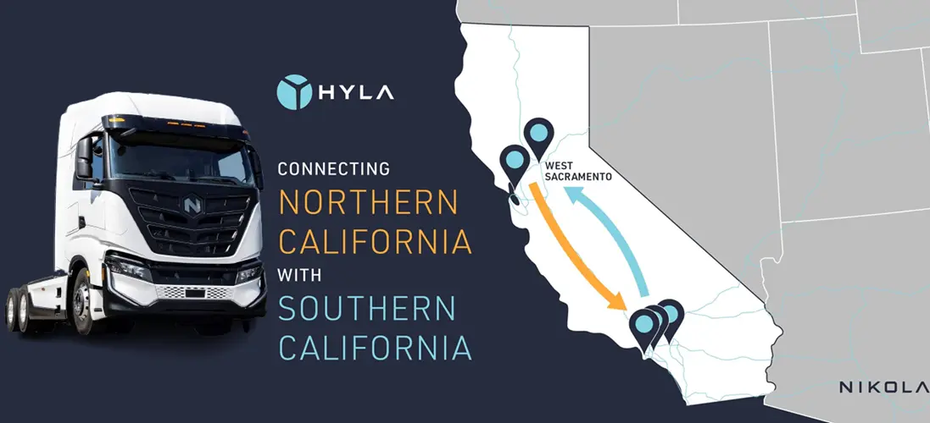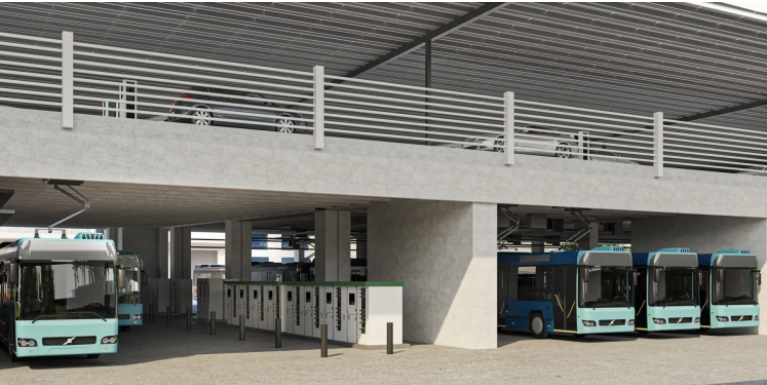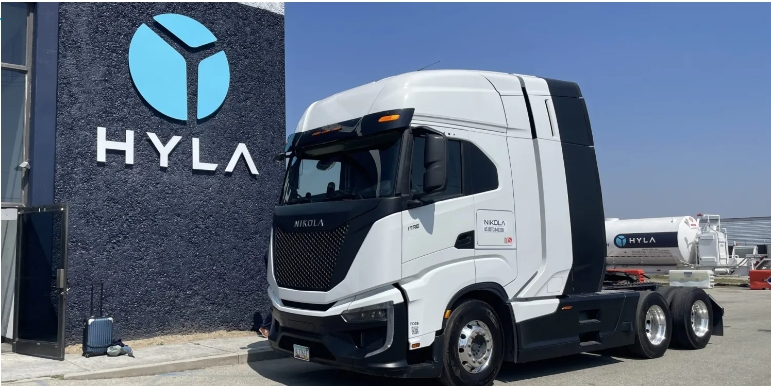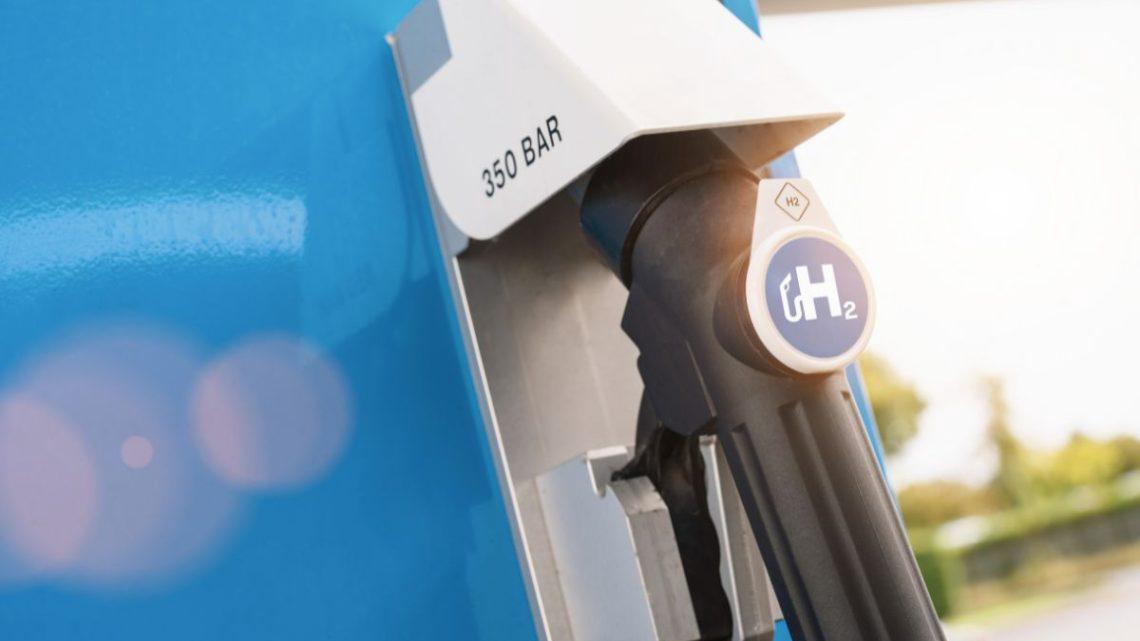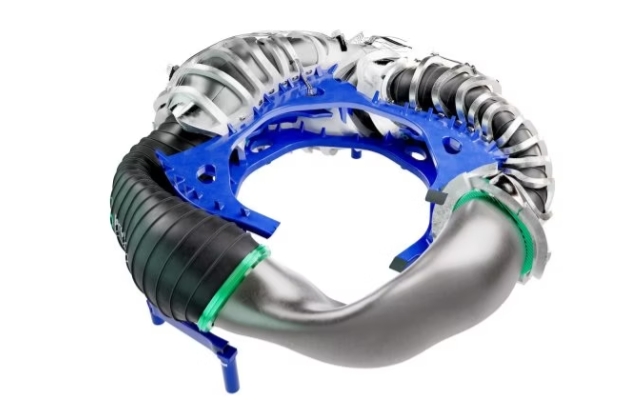
Artist's rendering of Proxima's stellarator
German startup Proxima Fusion has revealed what it describes as the world’s first blueprint for a commercial nuclear fusion power plant. This announcement adds to ongoing efforts by researchers and companies worldwide to develop functional fusion plants, which could offer highly efficient energy. The design, created in collaboration with the Max Planck Institute for Plasma Physics (IPP) in Germany, outlines how all parts of a commercial fusion reactor might operate together, according to Proxima cofounder Francesco Sciortino.
Nuclear fusion involves merging hydrogen atoms to produce energy, a process similar to that in the sun’s core. Unlike fission—used in current nuclear plants, which splits atoms—fusion relies on hydrogen as a nearly limitless fuel, produces no greenhouse gases, and carries a reduced risk of meltdowns. However, significant hurdles remain, such as heating hydrogen isotopes to over 100 million degrees Celsius and safely managing the resulting plasma.
Proxima, established in 2023 as a spinout from the IPP, employs a stellarator—a device that uses magnetic fields to confine superheated plasma in a twisted, doughnut-like shape. This differs from tokamaks, which use a simpler doughnut shape and an electric current for plasma containment. Sciortino notes that stellarators, lacking this current, offer greater stability. Advances in superconducting magnets and the performance of the Wendelstein 7-X stellarator in Germany, operational since 2022, have bolstered this approach.
Recent progress in AI has accelerated simulation technology, enabling Proxima to refine designs quickly. Sciortino states: “Analysing new potential designs for component parts of stellarators used to take weeks, now we do it in 20 minutes.” The startup’s blueprint uses existing materials, aligning with current supply chains, and balances physics and engineering needs for energy production, he adds.
Globally, fusion research has seen substantial investment. European governments have allocated billions of euros, while North American startups have secured 75% of private fusion funding, per a 2024 Fusion Industry Association report. Notable raises include Pacific Fusion’s $900 million in October and Commonwealth Fusion Systems’ $1.8 billion in 2021. In Europe, Tokamak Energy in the UK has gathered $335 million, including $275 million from private sources and $60 million from UK and US governments, while Germany’s Marvel Fusion has raised $110 million. Proxima has secured €65 million, with €30 million from venture capital and €35 million from public funds.
Despite the blueprint, constructing a working reactor remains complex. Proxima aims for completion by the late 2030s, though IPP director Thomas Klinger suggests the 2050s as a more realistic timeline due to unresolved engineering challenges, such as developing high-temperature superconducting magnets. Sciortino acknowledges: “The race isn’t to make a design of a plant—the race is to make the power plant itself.” Proxima plans to develop specialized magnets by 2027 and seeks additional funding beyond its current €65 million to support this goal.
